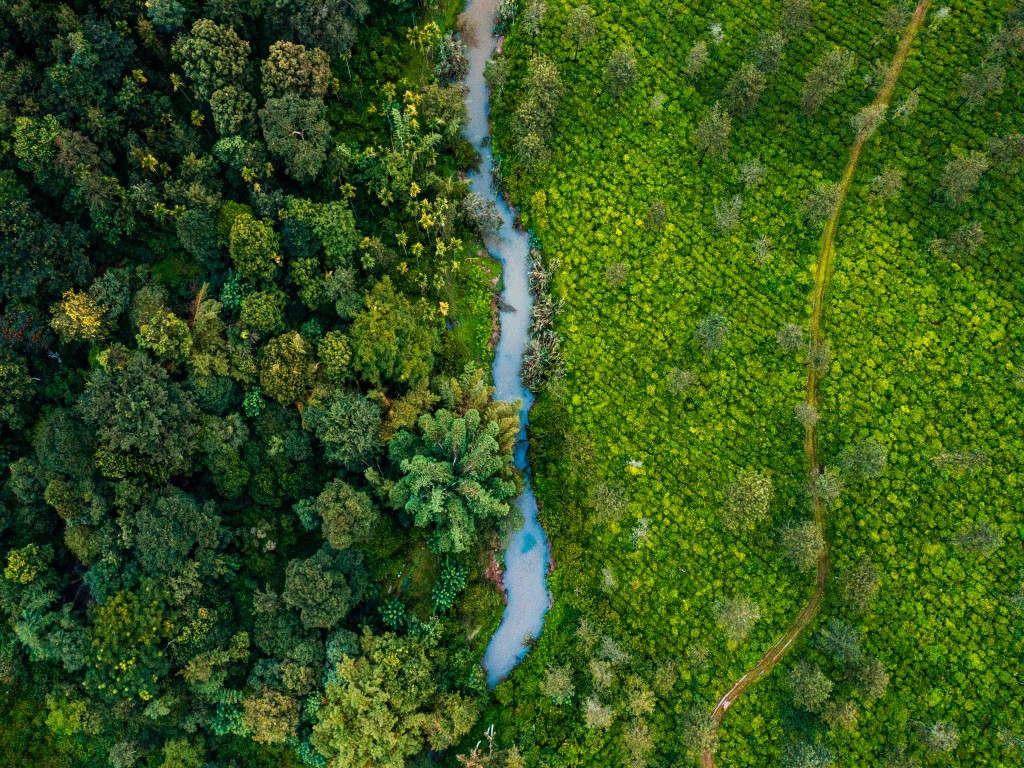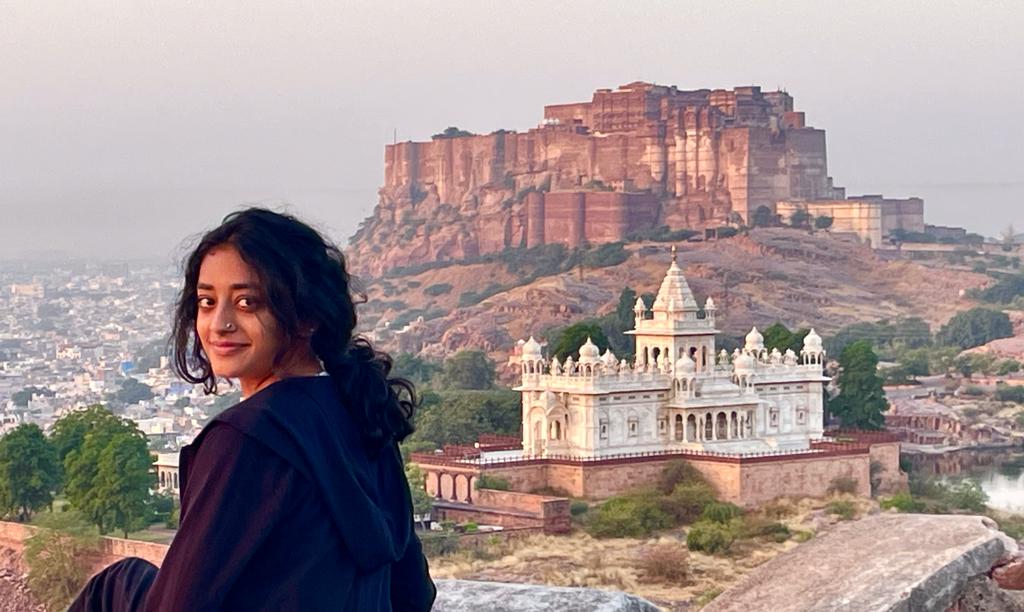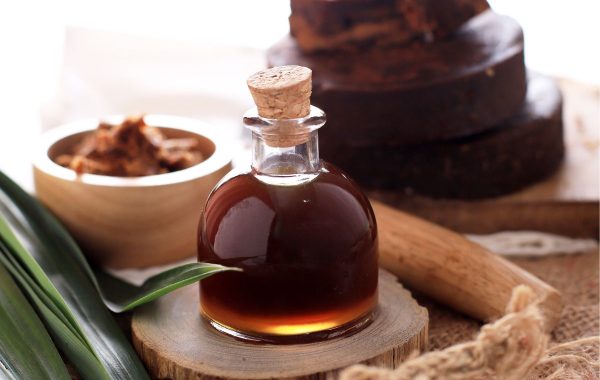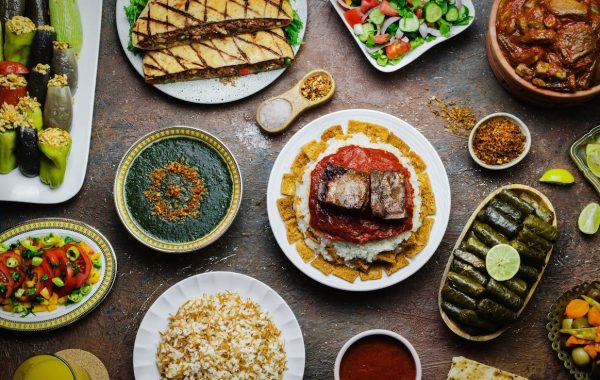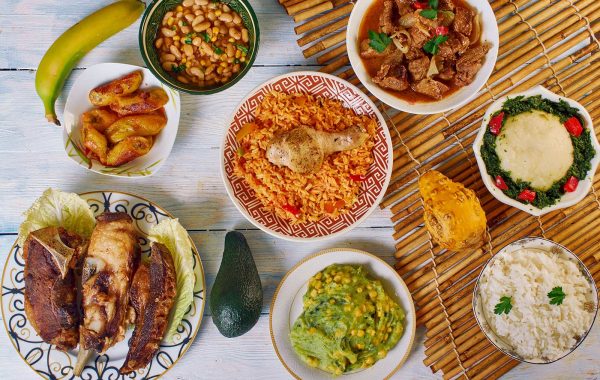Wayanad’s coffee and tea plantations run parallel, separated by an agricultural stream. Photo by: Siddharth Kejriwal
A coffee probe opens the gates to a spice-laden land in Kerala that stirs untold stories of the aromatic drink.
A marriage between coffee and thrilling drives steers Suhas Dwarkanath, India’s leading coffee connoisseur, to Wayanad, one of the oldest coffee destinations in the country. He enjoys the comfortable drive of the premium SUV Hyundai TUCSON with its futuristic technology and advanced safety on the ancient trail that ends at a hundred-year-old coffee plantation, in pursuit of answering brewing questions about the beloved drink that comes to the rescue on a groggy morning.
Read the edited excerpts from the interview.

Suhas Dwarkanath at the Kottamala Estate. Photo by: Siddharth Kejriwal
What sets Kerala’s coffee apart from the country’s other produce?
Unlike Karnataka farms where coffee is the core plantation, here, it is multi-cropped on spice-growing farms, across Kerala. This makes the coffee bolder and spicier, rich with undertones of clove, cinnamon, black pepper, white pepper, cardamom and other aromatics. Added to the unique flavour profile is the unmatched silkiness of the brewed baubles that cascades like warm liquid gold to the pure joy of every coffee lover.
Why is monsooning a unique chapter in the book of colonial flavours?
Monsooning bloomed from a pleasant accident while transporting Indian coffee, owing to the lack of thermative packaging of the green beans into wooden crates while being shipped to the United Kingdom. On one voyage, the beans from India had noticeably swollen in size and exhibited a pale tint as they had soaked up all the salty seawater laden in the air by the time they reached British shores. Regardless, the bulk of beans could not be discarded and were sent off for roasting. The outcome was a rich umami character bursting in every flavourful sip of the bubbling beverage and instantly became a fan-favourite.

The Hyundai TUCSON champions through contrasting terrains, driving across the heartland of the beverage in South India. Photo by: Siddharth Kejriwal
How is the Monsoon Malabar coffee processed?
They call it Monsoon Malabar, giving the impression that it only grows in the Malabar region, but that’s not the case. Any coffee that has grown can be converted into a monsoon coffee but naturally processed arabicas and robustas are preferred for their richer body and aftertaste, as monsooning is a process. The robusta and arabica beans undergo natural processing—a method dating back to the 1800s—post which they travel to the Allana Mangalore warehouse to undergo monsooning. The flavour buds are kept in check to maintain moisture content between 16 and 18 per cent throughout, a crucial element of the process.
How does India feature on the global coffee map?
Blessed with high-altitude zones, moderate rainfall and tropical temperatures, India is bubbling with potential to produce high-grade coffees that can challenge the Kenyan, Colombian, Ethiopian and Vietnamese varieties. Despite favourable climatic and topographical factors that score the aromatic buds from India a grade over 80 with ease, they barely end up in the cups of international single-origin drinkers. The Monsoon Malabar coffee earning a GI tag certified its unique qualities owing to the coasts of Kerala and Karnataka, and meant a stepping stone for Indian coffee to dot the global coffee map.

As Suhas discovers the best of the region, top grade brewing equipment await his expertise to extract the perfect cup. Photo by: Siddharth Kejriwal.
Which destination in Kerala is a no-brainer visit for coffee enthusiasts and why?
Sprawled across the Sahyadri range, the coffee plantations at a height of 700-1200 metres experience plentiful annual rainfall between 3000-4000 millimetres. The arabica beans of the region are infused with the goodness of a dense forest cover that results in the beans carrying sweeter berry tones. Coupled with the earthy notes of high-grade robusta, the Kerala espresso moulds an explosion of flavours in the mouth with every sip.
How are coffee preparations varied across Kerala?
Similar to the gradation of food preparations, coffee traditions have different shades across South India. Local to Kerala is the Chukku coffee, which nobody in the country makes the same way. One way is to add dry ginger powder to the filter coffee brew, while another method is to boil coffee and ginger powder with water together. But when you go across Kerala, you will see hundreds of variations with tulsi (basil leaves) and even jeera (cumin). The strength of the coffee grown also greatly impacts its concoction styles. If you go to a traditional household in Coorg they will not serve you coffee with milk like they do in Chikkamagaluru. Instead, here you’ll encounter coffee with black jaggery.

Misty rainfall-rich topography of Wayanad supplements the coffee growing culture in the hills. Photo by: Siddharth Kejriwal
What was the road-tripping experience with the Hyundai TUCSON like?
Scenic landscapes keep company on a road trip across coffee country and every hairpin curve reveals panoramic vistas and lush greenery. While on the road, the high-tech Hyundai TUCSON offers Smart Sense ADAS features such as Driver Attention Warning, Smart Cruise Control and Blind Spot View Monitor that prioritise safety and comfort. There is nothing quite comparable to the luxury of a new-age premium SUV with cutting-edge design that induces a bold road presence.
The epilogue of the Wayanad chapter holds a chance-encounter with an 8,000-year-old marvel for Suhas. He hikes through the towering Ambukuthi Mala to find himself engulfed by the Edakkal Caves, one of the oldest known human settlements. Crouching into the rock shelter reveals intricate carvings on boulders that remain shrouded in mystery. Human figures, daily occurrences, animals and scripts adorn the walls to narrate tales of the neolithic age. The coffee aficionado follows the scent he knows best to the viewpoint to meet with folds of mountains blanketed by lush greenery that draws the curtains on the second episode of his cuppa explorations.
This feature also appeared in National Geographic Traveller India
For latest travel news and updates, food and drink journeys, restaurant features, and more, like us on Facebook or follow us on Instagram. Read more on Travel and Food Network
Trending on TFN
The 23 Best Places To Go In 2023
Explore Utah’s Mighty 5® and What Lies in Between
Five Epic U.S. National Parks To Visit This Year


